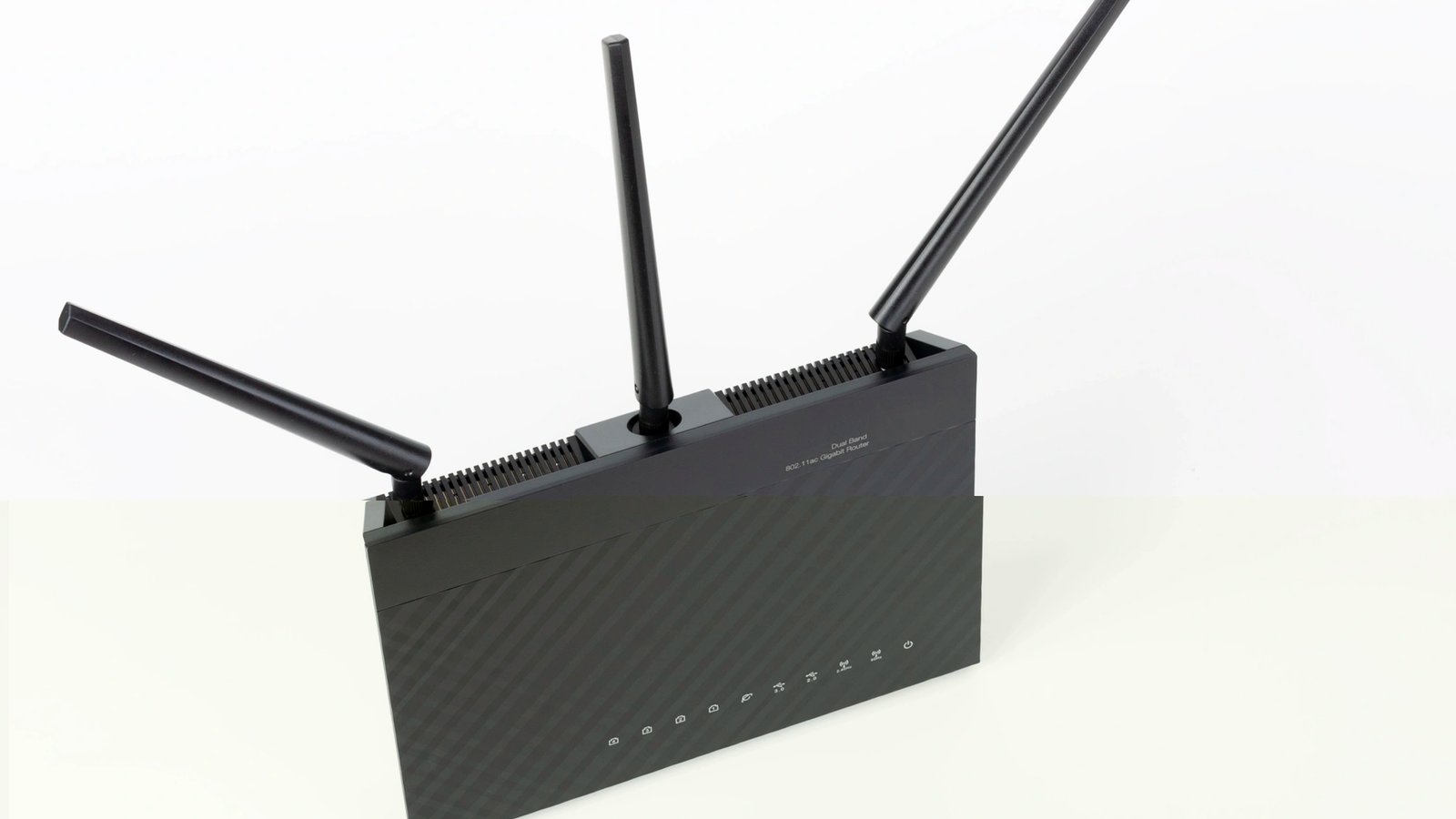The broadband industry has undergone a massive transformation over the past few decades, and at the heart of this evolution lies the Customer Premises Equipment (CPE). From the screeching modems of the dial-up era to today’s ultra-fast fiber-optic routers, CPE has continuously adapted to meet the demands of speed, reliability, and user experience.
In this article, we’ll take a deep dive into the journey of CPE in broadband—how it evolved, the technological milestones that shaped it, and what the future holds. Whether you’re a tech enthusiast, an IT professional, or just curious about how your home internet hardware has changed, this piece will provide valuable insights.
1. The Humble Beginnings: Dial-Up Modems (1990s)
The Dawn of Home Internet
In the early days of the internet, dial-up modems were the primary CPE devices. These devices connected to the internet via telephone lines, translating digital signals into analog tones that could travel over copper wires.
- Speed: Painfully slow by today’s standards (56 Kbps max).
- Setup: Required a dedicated phone line—using the internet meant no phone calls.
- Iconic Sound: The infamous screeching and beeping of a modem handshake became a nostalgic hallmark of early internet users.
Despite its limitations, dial-up was revolutionary—it brought the internet into homes for the first time.
2. The Broadband Revolution: DSL and Cable Modems (Early 2000s)
Faster Speeds, Always-On Connectivity
As demand for faster internet grew, Digital Subscriber Line (DSL) and cable modems emerged, marking the shift from dial-up to broadband.
- DSL Modems: Used existing telephone lines but offered dedicated bandwidth (up to 100 Mbps in later iterations).
- Cable Modems: Leveraged coaxial TV cables, providing even higher speeds and shared bandwidth among neighborhood users.
- Always-On Connection: No more dialing in—internet was now available 24/7.
This era also introduced Wi-Fi routers, eliminating the need for wired connections and enabling multi-device households.
3. The Fiber Optic Leap: ONTs and High-Speed Routers (2010s-Present)
Light-Speed Internet Enters Homes
Fiber-optic broadband brought unprecedented speeds and reliability, necessitating new CPE devices like Optical Network Terminals (ONTs).
- ONT Function: Converts optical signals to electrical signals for home use.
- Gigabit+ Speeds: Fiber offers symmetrical upload/download speeds (1 Gbps and beyond).
- Advanced Wi-Fi 6/6E Routers: Designed to handle high bandwidth, low latency, and multiple connected devices seamlessly.
Fiber CPE is now more sophisticated, with features like mesh networking, AI-driven optimization, and enhanced security.
4. The Future of CPE: Smart Homes, 5G, and AI Integration
Beyond Traditional Broadband
The next wave of CPE evolution is already underway, driven by:
- 5G Fixed Wireless Access (FWA): Eliminating the need for wired connections in some areas.
- AI-Optimized Routers: Self-healing networks, real-time traffic prioritization, and predictive maintenance.
- IoT & Smart Home Integration: CPE is becoming the central hub for connected devices.
Expect smaller, more powerful, and energy-efficient CPE devices as technology advances.
Conclusion
From the noisy dial-up modems of the ’90s to today’s sleek fiber ONTs, CPE has evolved dramatically, keeping pace with the exponential growth in internet demands. As we move toward an even more connected future, CPE will continue to play a crucial role in delivering seamless, high-speed broadband experiences.
What’s the next big leap in CPE technology? Only time will tell—but one thing is certain: the evolution is far from over.
